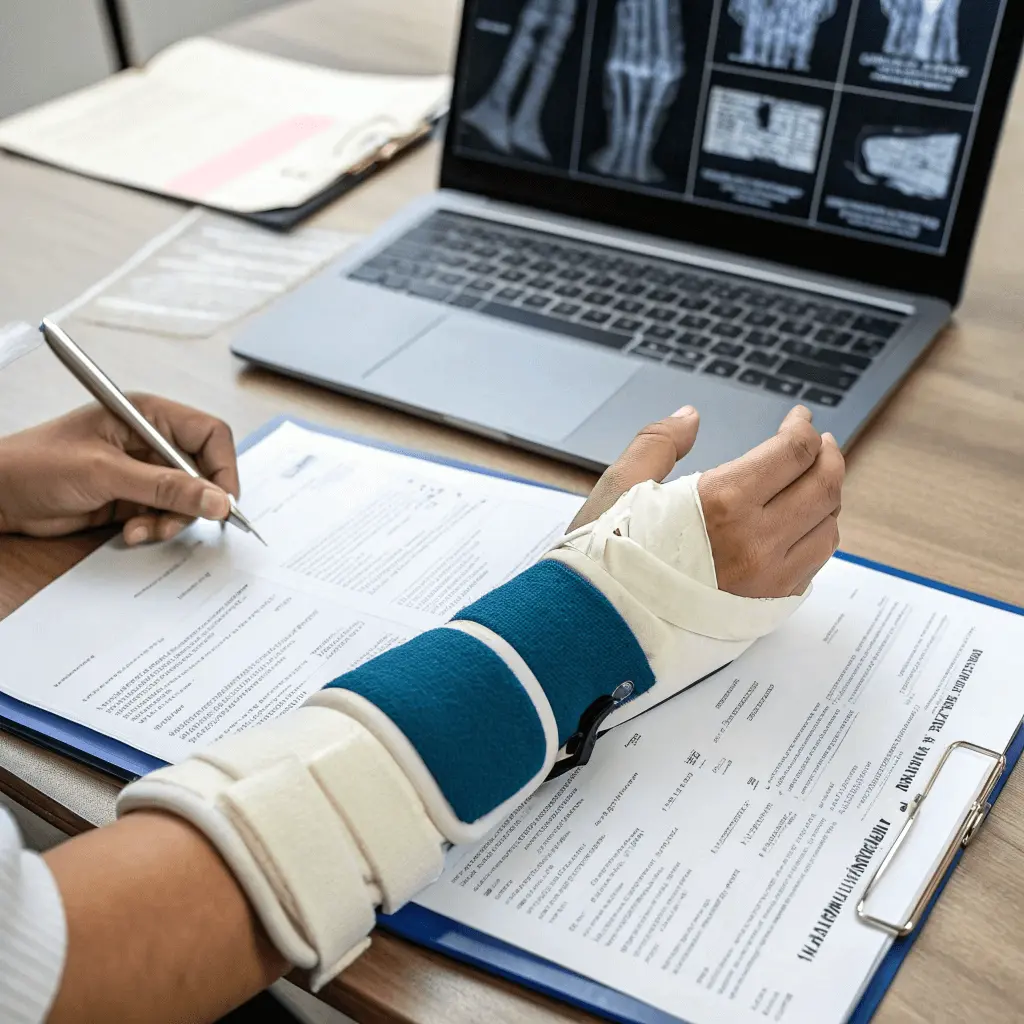
A CDC study (2023) involving recent data states that nearly 9% of the population in the United States has reported injuries due to repetitive strain. Repetitive stress injuries occur as a result of repeated or constant use of certain muscle tendons and nerves by a person. These injuries usually occur in occupations dealing with a lot of repetitive movement like tool use or typing on keyboards.
They develop gradually over time as individuals constantly engage in performing similar activities again and again throughout the day. According to repetitive stress injury lawyer Christian R. Ayers, you may also qualify for Social Security Disability if you suffer enough of a repetitive stress injury to keep you out of work for longer than a full year.
These injuries are not sudden accident scenarios, making it difficult to relate them to your work or activity via proof. Presenting strong evidence is important in these kinds of cases.
Let’s find out how evidence improves the chances of success of a repetitive stress injury case.
Medical Documentation and Diagnosis
The most important aspect of repetitive stress injury claims is clearly documenting the appropriate medical attention and diagnosis. Collect related medical records, such as notes regarding a patient’s condition or test results.
A precise diagnosis will legitimize your injury and link it to the work or activities that caused it. Have your physician describe the details of your condition to establish the foundation of your case.
If your injury requires you to take medical leave, have your doctor explicitly state the necessity and duration of the required leave to further support the seriousness of your condition. According to NOSRATILAW, APLC, employees can take unpaid medical leaves of up to 12 weeks to care for their health problems without fear of losing their jobs or facing other punishments.
Be proactive and organize the necessary documents so that you are prepared even before the insurance company requests them. Thoroughly organizing your medical papers will solidify your claims and assure that you will be supported towards your recovery.
Expert Testimonies and Opinions
Strong medical documentation forms the foundation of your case, yet expert testimonies and opinions may lend further support to your position. When you bring some specialists, their expertise can substantiate your claims concerning the nature and cause of the injury.
Orthopedic surgeons and occupational health experts can explain how repetitive stress injuries are caused. They can also discuss the long-term effects of these injuries. These expert opinions support your assertions and help convince a judge or a jury regarding your claims.
Their opinion can establish even more far-reaching connections between your injury and the work environment. By working with experts, you build a solid storyline to which others who understand the challenges you are going through will relate. Doing this step helps you feel supported in your endeavor.
Workplace Records and Incident Reports
Workplace records and incident reports play an important role in strengthening your claim in repetitive stress injury cases. These documents show the timeline of your work environment and the incident that caused your injury.
Keep records of any complaints about the conditions or tasks causing you pain. Records of injury reported to a supervisor or HR can be priceless evidence. Presenting them in court will confirm that you have taken steps to confront the problem and that the employer was aware of it.
Obtaining such data lends credibility to your narrative and fosters a sense of support as you pursue justice for your injury. You are entitled to be supported and adequately compensated for the injuries you have suffered.
Ergonomic Assessments and Recommendations
Aside from receiving support through workplace records and incident reports, the value of ergonomic assessments on a case revolving around repetitive stress injury is important. The details of the work assessment describe the work environment and highlight any conditions that may contribute to ill health or injury.
By evaluating your workstation setup and settling into the interesting interplay of personal factors, a person can learn how to adapt their posture to relieve strain. For instance, you could raise your chair, move your keyboard, or just do more stretches at different times.
Your case is stronger if you can show that steps were taken to fix the problem before it went to court. Conducting an ergonomics review of the workplace will demonstrate that you care about promoting a healthier environment.
You have the right to feel safe and supported at work.
Personal Testimonies and Work History
How can personal testimonies and a detailed work history enhance your repetitive stress injury case? Your experiences and those of your coworkers can greatly affect your claim. As you describe how the injury has changed your life, it brings forth a storyline that reaches others on a personal level.
Work history illustrates how responsibilities and professional demands relate the injury to the job. It can specify job duties, hours worked, and any details of complaints that may have arisen.
Your unique account of the case, together with that of your work history, paints a detailed picture of your dilemma. These elements, when taken together, not only build your case but also highlight how you belong to a community fighting to be acknowledged and supported.







